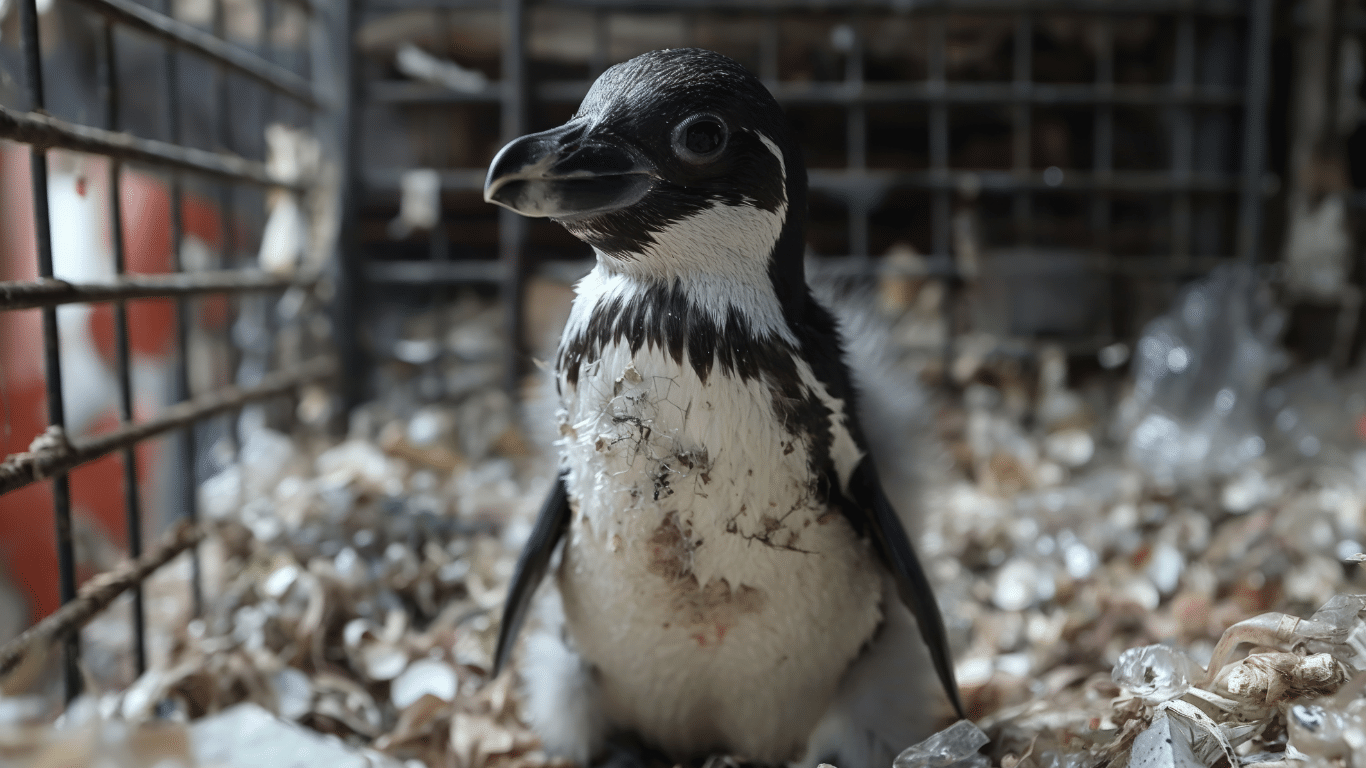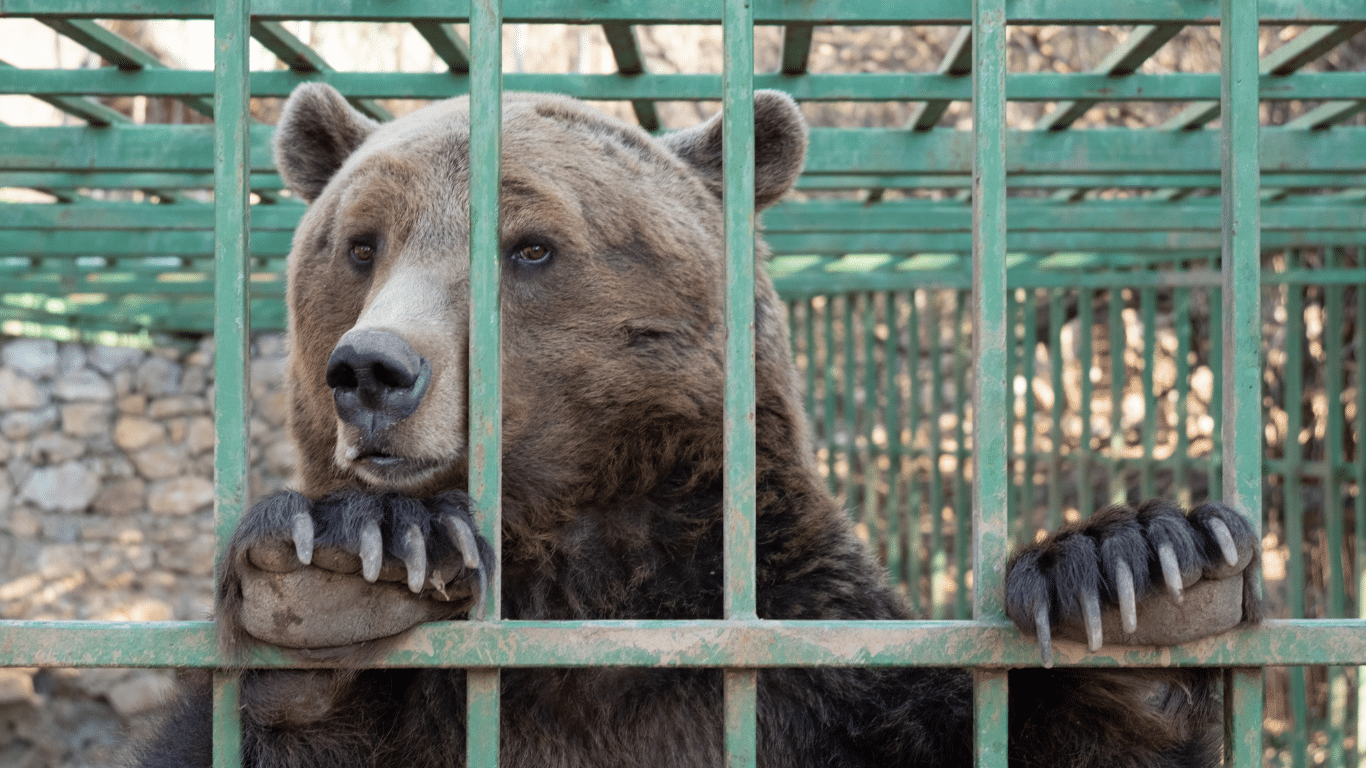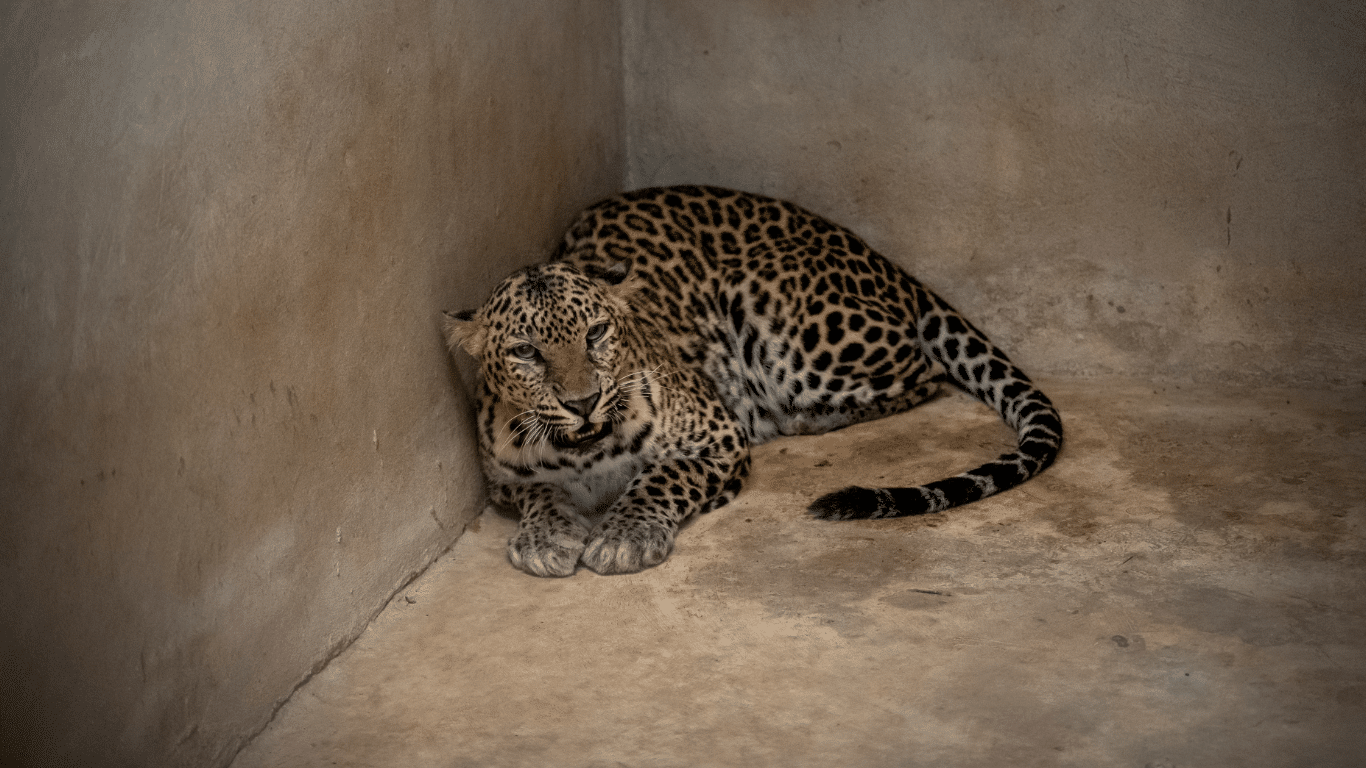How to identify fake animal rescue content on social media
Not all the animal rescue videos you see online are real. The information below, provided by the Social Media Animal Cruelty Coalition (SMACC), will help you to better identify animal abusers posing as heroes, so that you can avoid supporting this unethical, cruel and exploitative practice.
How to spot fake animal rescue posts and videos
Authenticity
Look carefully at the post and ask yourself:
- Is a genuine, reputable animal welfare organization involved?
- Does the page have lots of similar rescue videos? If so, it suggests that the creator is staging multiple rescues for views.
- Has there been a follow-up on the animal’s wellbeing?
- Is the “rescuer” always the same person?
Multiple rescue posts featuring different animals, unlikely situations and/or the same creator strongly suggests that the rescues are not real, but are being faked for likes, followers and “clout.”
“Fake rescue content shows animals deliberately put in harmful situations specifically so that the content creator can “rescue” the animal from that situation. Fake rescue content can also involve animals who are injured – for example with broken limbs or stuck in glue, oil or traps, or animals in life-threatening situations such as being stuck in bodies of water or trapped under large objects.” – SMACC

Reality check
How believable is the situation, really? Ask yourself:
- Could this event have been realistically captured on camera?
- Does the “rescue” involve unusual animal pairings – for example, a cat and a snake, or two species that wouldn’t normally be found together in such a situation?
- Do the same animals appear in multiple videos, and/or are they regularly being “rescued” from different scenarios?
“Sometimes these videos are presented as prey animals being rescued from predator species. Often the animals placed together would be very unlikely to meet in the wild – for example, kittens being attacked by a boa constrictor. Sadly, these situations are staged simply so the creator can film the so-called “rescue” for social media.” – SMACC

Creation
Is the creator acting unethically for “likes”? Ask yourself:
- Is the creator delaying the rescue of the animal to build more drama or capture more of the danger?
- Are there multiple camera angles? If so, this suggests that time was taken to stage the scene, set up cameras and film from different angles – none of which would be possible in a genuine rescue situation.
- Do the videos appear heavily edited?
“Disturbingly, some creators seemingly make animals ill or injure them in order to film them being treated. Some even show animals being given CPR, who appear to be dying or perhaps drugged. Another popular theme is to make it appear as though animals have tick parasites, by sticking beans or seeds onto their fur which are then pulled off.” – SMACC
Never underestimate the lengths that some creators will go to for “likes”, follows and shares. If a video seems unbelievable, it may well be. Use the guidelines above to pay closer attention to the content you consume, and if you are in any doubt about its authenticity, do not engage with it. Likes, follows and shares spread this harmful content either further, creating and sustaining a vicious cycle of animal abuse.

What should you do if you think an animal is being abused on social media?
- Report the post immediately. All posts have the option to be reported.
- Do not like, follow or share the post – not even to highlight how “bad” it is. Every share counts as engagement.
- Do not donate to any organization whose legitimacy you cannot verify. Visit their website and social media, and get in touch with them directly if you are still not sure of their authenticity. Animal Survival International can be contacted via email, telephone, post and social media.
Fake animal rescue posts can only thrive as long as unwitting viewers support them. Don’t be part of the problem.
Read more: The cost of cute: How “rescued” wild animals suffer for social media fame
